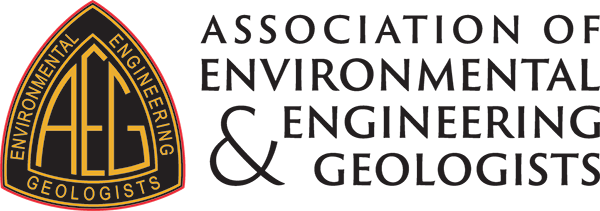Talking Science
It is common to make small talk at the gym, hair or nail salon, cocktail parties with new acquaintances or seasonal neighborhood gatherings. Inevitably someone asks “What do you do for work?” As a geologist, you have probably perfected your answer to include a few details of your day-to-day job to help folks not working in the industry understand your work. Considering that according to the Bureau of Labor Statistics, there are about 32,000 geologists in the USA versus the over 2 million engineers, you are probably the first geologist this person has ever met.
As a geologist, you have the good fortune to know many if not hundreds of geoscientists across the United States and possibly the world. If we consider that we are already adding more context and changing the way we speak about our job to non-geologists or non-scientists when doing a basic introduction, why would we not use that tactic to include how we write and how we speak about geoscience to the general population?
There are two different types of writing and speaking. Technical papers and presentations intended for an audience exclusively of scientific or industry folks with at least an undergraduate-level education on the subject matter and more general information that will be consumed by attorneys, regulators and our neighbors; most of whom have no more than perhaps a basic high school Earth Science class as a background. The big elephant in the room is why we continue to treat all of these individuals the same. We don’t expect our 5 and 7-year-old children to understand the nuances of quantum physics and paying taxes; so why do we expect the general population to have a college-level understanding of our specific brand of science, be it chemistry, geology, biology, etc.?
Making geoscience relatable is simple, but not easy. It requires effort on the part of the scientist to tailor their information to the designated audience, not over-simplifying but streamlining. Remove specific industry terms, scientific jargon and the endless acronyms that plague science and government-related fields. Keep statements short and simple. Start with the fundamentals and add details only relevant to your audience. A good analogy can also be useful. Skill using these methods will become easier with use, consider practicing in conversation with nonscience friends and relatives.
All people share the Earth, our Milky Way Galaxy and the expansive Space that surrounds us. It is the responsibility of those with a good understanding of this information to share what they know with everyone else. Thinking and interested parties will ask questions, not because they are challenging the convention or the geoscientist, but because they are trying to understand. In today’s society, where everyone has a supercomputer in their pocket, science as a whole needs to adjust from an expert on high view to a more approachable and appreciative perspective. What a privilege every geoscientist has to share, educate and interact with folks with genuine curiosity for how earth processes work.
Nothing is perfect and there is an exception to every rule, but in general, keeping these ideas in mind will help everyone improve their understanding of Earth’s systems. If you are looking for ideas of organizations where you can reach out and share about geology in your local area plenty of resources are available on AEG’s website. AEG members also have access to presentations developed by the Advocacy Committee to help more geoscientists share the importance of geology in our society.
